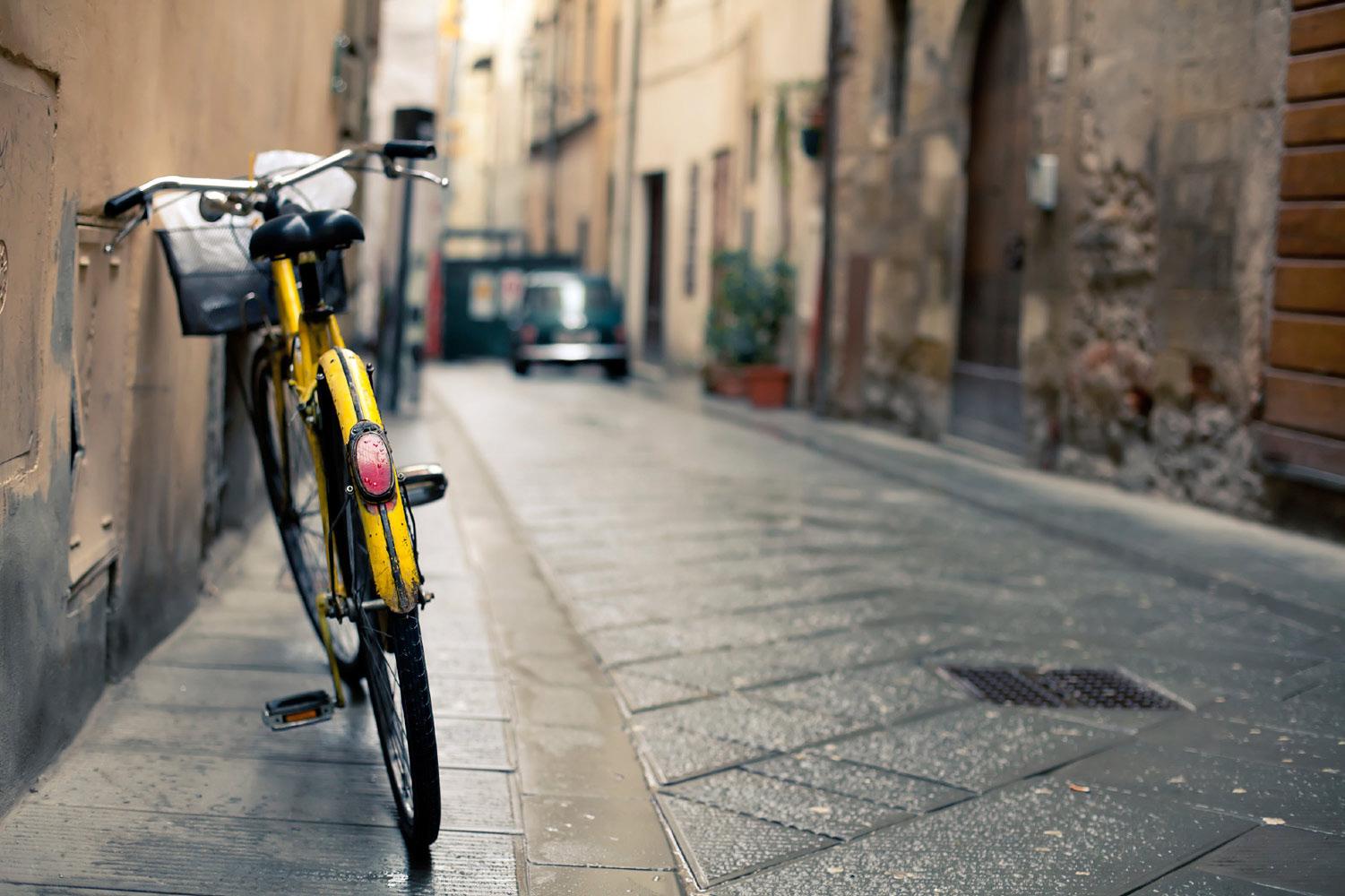
The Harlem Renaissance
by: Rachel Gunsch
A Return to the African American Culture
The Harlem Renaissance
Saturday, Nov 13, 1920, 09:00 PM
Harlem, New York, NY, United States
Drawing in two colors by Winold Reiss.
Street Life by William H. Johnson
Rhythm Reunion by Joseph Holston
My Personal Dreams Deferred
Citations
Unknown. The Cotton Club. Digital image. Black History Committee Plans Harlem Renaissance Celebration. Valley Voice, 20 Feb. 2014. Web. 14 Nov. 2014. <Valley Voice>.
Reiss, Winold. Drawing in Two Colors. Digital image. A Guide to Harlem Renaissance Materials. The Library of Congress, 1 Oct. 2014. Web. 14 Nov. 2014. <http://www.loc.gov/rr/program/bib/harlem/harlem.html>.
Johnson, William H. Street Life. Digital image. The Artists' Influences: Why Literature Changed During the Harlem Renaissance. WebQuest, 23 Oct. 2002. Web. 14 Nov. 2014. <http://education.ed.pacificu.edu/sweb/537fri/webquestsj/harlemrenaissance2.html>.
Holsten, Joseph. Rhythm Reunion. Digital image. WetCanvas. F+W, 2014. Web. 14 Nov. 2014. <http://www.wetcanvas.com/forums/showthread.php?t=1296041>.
Tian, Chengxi. Lucid Dream. Digital image. N/a. N/a, n/a. Web. 14 Nov. 2014. <http://society6.com/chengxitian/lucid-dream-yo3_print>.
Unknown. "N/a." N/a. Educational Broadcasting Corporation, n/a. Web. 10 Nov. 2014. <http%3A%2F%2Fwww.pbs.org%2Fwnet%2Fjimcrow%2Fstories_events_harlem.html%20and%20dictionary.com>.
POEM: A PRAYER BY CLAUDE MCKAY. "POEM: A PRAYER BY CLAUDE MCKAY." Poemhunter.com. N/a, 03 Jan. 2003. Web. 14 Nov. 2014. <http://www.poemhunter.com/poem/a-prayer-3/>.
Bachlund, Gary. "A Prayer." A Prayer - Text of Claude McKay. N.p., 2009. Web. 14 Nov. 2014. <http://www.bachlund.org/A_Prayer.htm>.
McKay, Claude. If We Must Die. Rec. n/a. Unknown, N/a. Internet Archive. Web. 14 Nov. 2014. <https://archive.org/details/ClaudeMckayIfWeMustDie_3>.







